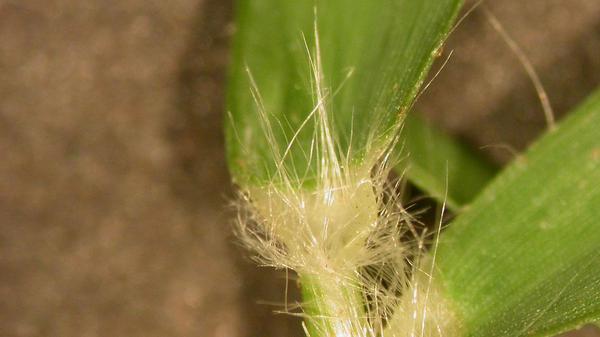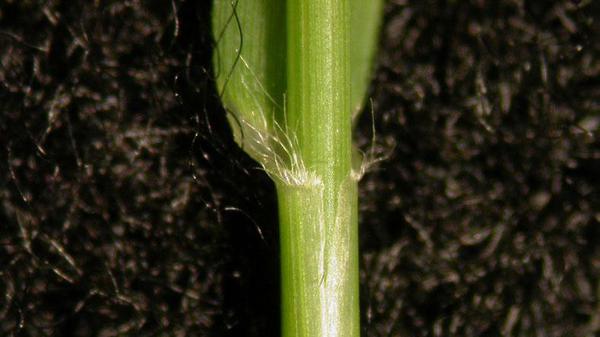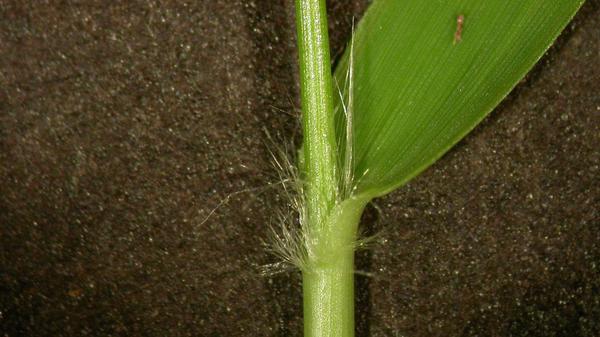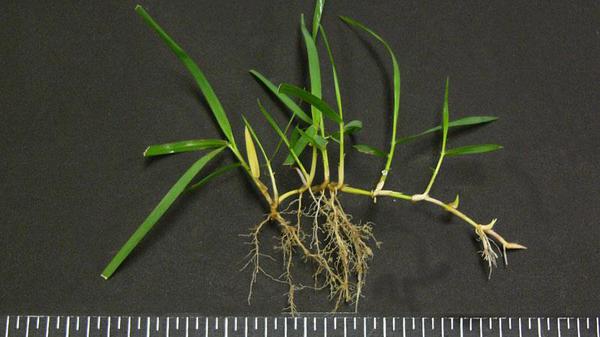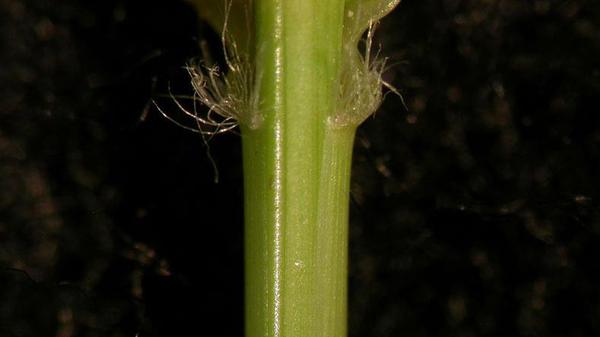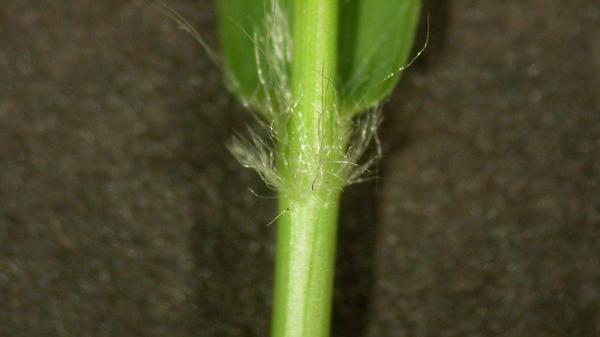Zoysiagrass
en Español / em Português
El inglés es el idioma de control de esta página. En la medida en que haya algún conflicto entre la traducción al inglés y la traducción, el inglés prevalece.
Al hacer clic en el enlace de traducción se activa un servicio de traducción gratuito para convertir la página al español. Al igual que con cualquier traducción por Internet, la conversión no es sensible al contexto y puede que no traduzca el texto en su significado original. NC State Extension no garantiza la exactitud del texto traducido. Por favor, tenga en cuenta que algunas aplicaciones y/o servicios pueden no funcionar como se espera cuando se traducen.
Português
Inglês é o idioma de controle desta página. Na medida que haja algum conflito entre o texto original em Inglês e a tradução, o Inglês prevalece.
Ao clicar no link de tradução, um serviço gratuito de tradução será ativado para converter a página para o Português. Como em qualquer tradução pela internet, a conversão não é sensivel ao contexto e pode não ocorrer a tradução para o significado orginal. O serviço de Extensão da Carolina do Norte (NC State Extension) não garante a exatidão do texto traduzido. Por favor, observe que algumas funções ou serviços podem não funcionar como esperado após a tradução.
English
English is the controlling language of this page. To the extent there is any conflict between the English text and the translation, English controls.
Clicking on the translation link activates a free translation service to convert the page to Spanish. As with any Internet translation, the conversion is not context-sensitive and may not translate the text to its original meaning. NC State Extension does not guarantee the accuracy of the translated text. Please note that some applications and/or services may not function as expected when translated.
Collapse ▲Description
Zoysiagrass (Zoysia) is a warm-season grass that spreads by rhizomes and stolons to produce a very dense, wear-resistant turf. It is best adapted to the Piedmont and Coastal Plain regions of North Carolina, but some of the more cold tolerant cultivars can be grown in the western part of the state as well. There are three major species of zoysiagrass suitable for turf: Japanese lawngrass (Z. japonica), mascarenegrass (Z. tenuifolia), and manilagrass (Z. matrella). Zoysiagrass can often be confused with bermudagrass. However, zoysiagrass has hairs standing upright on the leaf blade whereas bermudagrass does not. Zoysiagrass is also stiff to the touch and offers more resistance than bermudagrass.
Lawn Maintenance
- For a month-by-month zoysiagrass lawn maintenance calendar, see Zoysiagrass Lawn Maintenance Calendar, AG-432.
Species Data
- SEEDHEAD / FLOWER
- seedhead a spikelet, with seeds alternating along head
Figure 1
- seedhead a spikelet, with seeds alternating along head
- VERNATION TYPE
- LIGULE TYPE
- GROWTH SEASON / LIFE CYCLE
- warm season turf
- AURICLE TYPE
- LEAF BLADE TIP SHAPE
- sharp-pointed; hairy above with at least a few long hairs near base, leaf blade stiff
Figure 10
- sharp-pointed; hairy above with at least a few long hairs near base, leaf blade stiff
- LEAF BLADE WIDTH
- 0.08 - 0.16 inches (2 - 4 mm) wide
- STOLON PRESENCE
- RHIZOME PRESENCE
- present
- COLLAR TYPE
- continuous; edges hairy
Figure 13, Figure 14
- continuous; edges hairy
- SHEATH MARGIN









